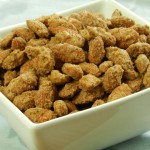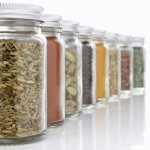
In this post I will go over some details on when and how to harvest potatoes, as well as what I have learned about storage. Also see my other posts in this same series: Part 1, Getting Started; Part 2, Choosing Seed Potatoes, Preparation; and Part 3, Planting and Growing Potatoes. After a couple of months of preparing, planting, watering, and tending to my plants, all along wondering what’s happening under ground, I find myself getting giddy in the anticipation for a well deserved, tasty reward. The work load has definitely been tolerable, so much so that each year I have found myself wishing to expand my designated garden area to allow for more potato rows. It really is quite simple; when all is said and done, it seemed I did little more than stick the seed potatoes in the ground, cover with dirt, cover some more, water, and wait. Then comes time to dig and eat! I just love sticking my pitch fork in the dirt to discover what might be hiding underneath! What will happen when I turn the soil over? There could be nothing but balls of packed soil and little rocks. But most of the time, out roll firm spuds of different sizes and colors; sometimes yellow, sometimes red, or just plain gray or brown; it all depends on the variety I planted, of course. My kids yell, “There’s one! Wait, there’s more!” What […] Read more »








